
Minnesota Green Roofs Council: Increasing the viability of green rooftops
Green roofs have some of the most wide-spreading benefits of any sustainable infrastructure strategy. They reduce water runoff, cool buildings and cities, create habitats for birds and insects, and help clean the air.
The Problem
The average temperature on a rooftop on a balmy, summer day is 90 degrees hotter than the surrounding air. Green roofs, however, absorb heat and act as insulators for buildings, meaning less energy is needed to control the building's temperature. The plants on top of green roofs, also, naturally absorb carbon, reducing emissions. If by 2050, green roofs cover 30 percent of urban rooftops, then this could reduce carbon dioxide emissions by 0.6 gigatons, with a 30 year savings of $988 billion.
The Solution
The Minnesota Green Roofs Council is seeking to increase the viability of green roofs as a building strategy in the state. The organization goes about this in a few different ways. They act as a liaison between local governments, agencies, private businesses, and the public to raise awareness and build a broader coalition for such a strategy. By the year 2020, they're aiming to have 10% of all Minnesota roofs be green roofs.
Stage of Development
- Early Stage
- Established Prototype
- Scaling
- Other
Organization to Receive Funds
Minnesota Green Roofs Council, nonprofit.
More From This Round


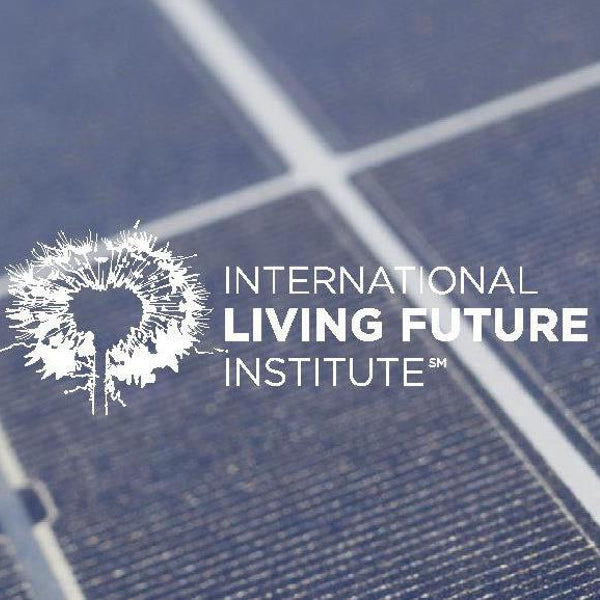



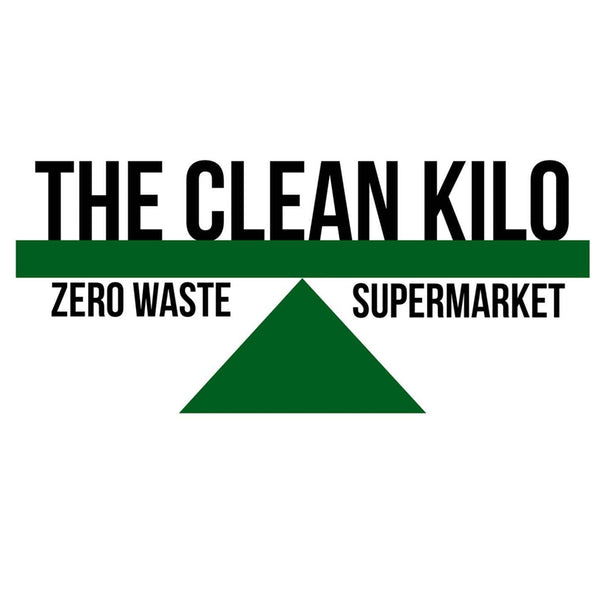








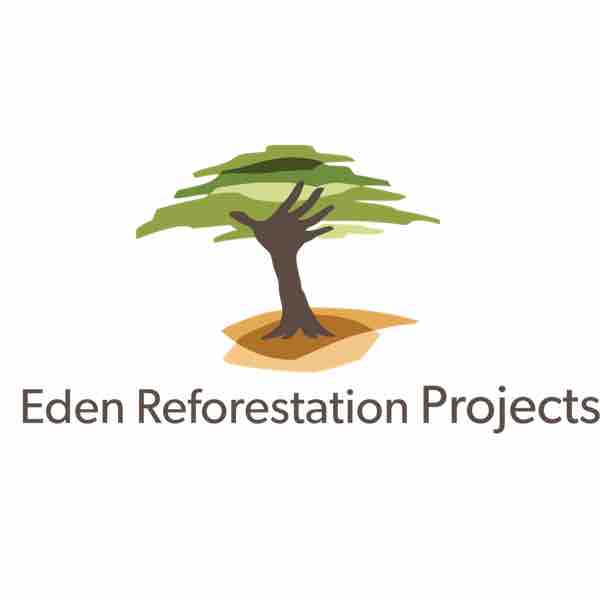










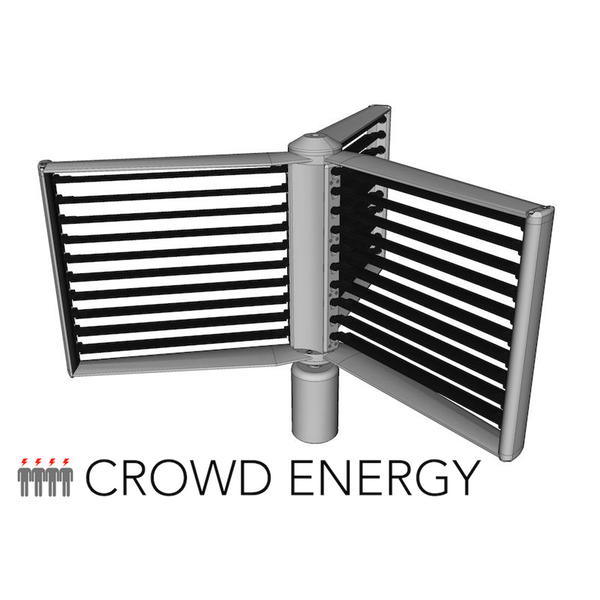







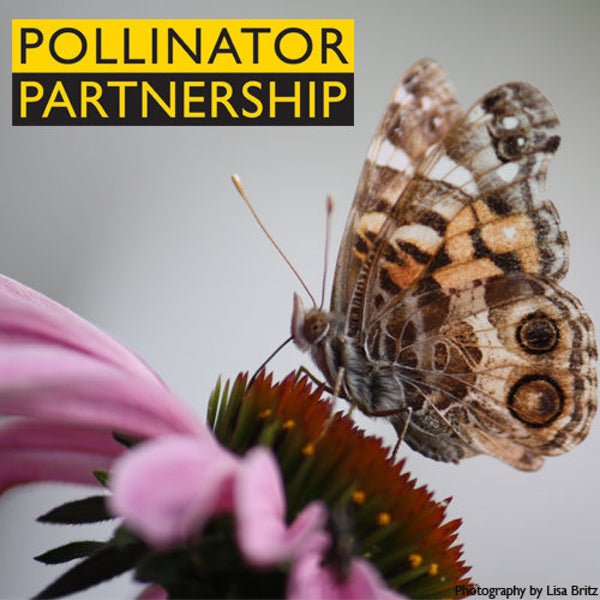




Join The Discussion